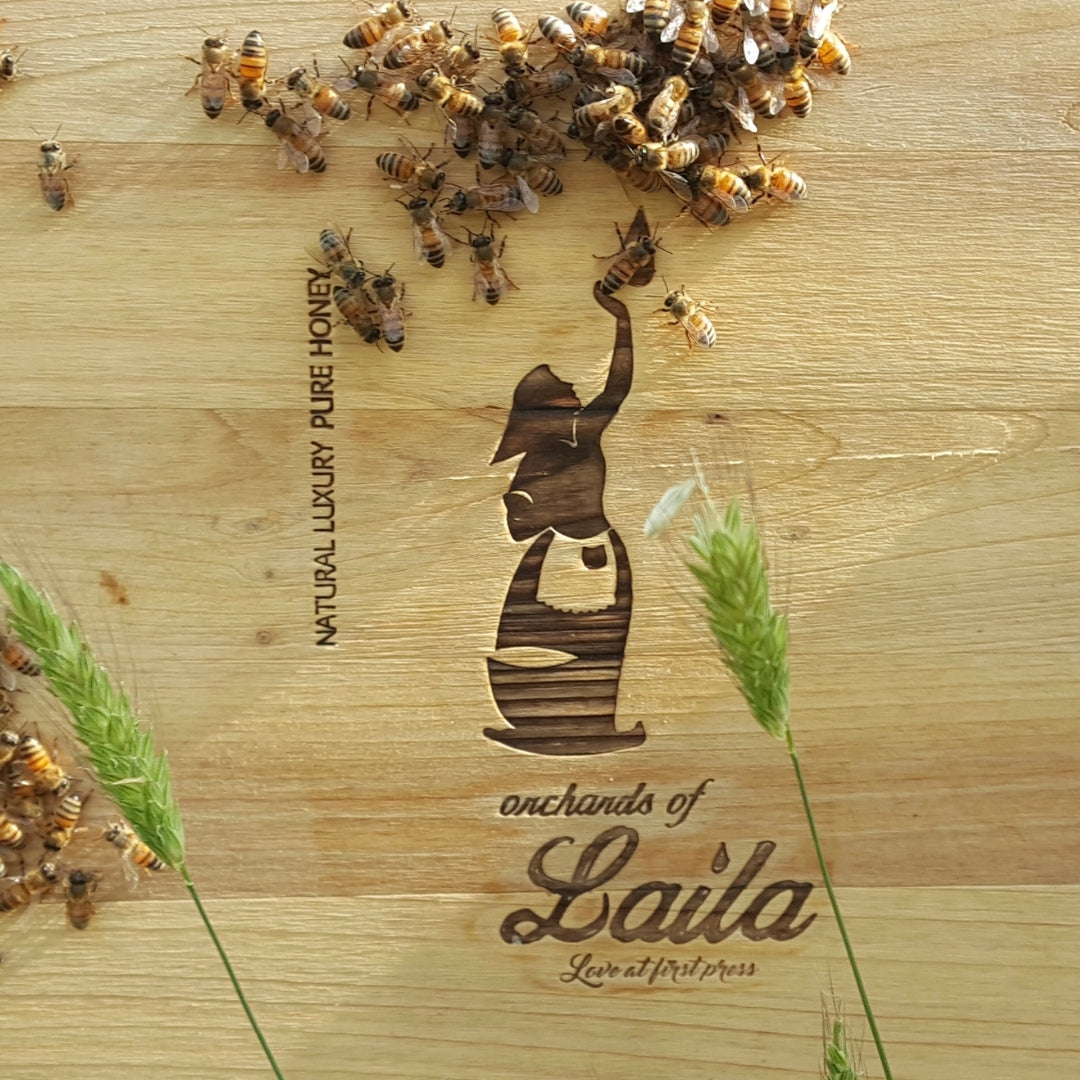Forest vs. Flower Honey: Which Offers More Health Benefits
Posted on May 06 2025,
Honey has been valued for centuries not just as a natural sweetener, but as a traditional remedy. Yet modern science continues to uncover the complex chemistry behind its health benefits. Did you know that the therapeutic properties of honey vary significantly depending on its origin? In this post, we explore the differences between flower honey (derived from plant nectar) and honeydew honey (also known as forest honey), comparing their antioxidant and antibacterial potential, and sharing facts about the quality of honey.
The Composition of Honey: Sugars, Nutrients, and Why It Matters
Bees (Apis mellifera) make honey from plant sugars. Some parts of honey come directly from plants, while others are added to or changed by the bees during honey production. Honey is mostly made of sugars (70–80%) and water (10–20%), with small amounts of other minor nutrients. The main sugars are glucose and fructose, followed by others like maltose and sucrose. Honey also contains small amounts of proteins, amino acids, enzymes, organic acids, phenolic substances, essential oils, pigments, vitamins, minerals, and antioxidants. These minor ingredients contribute to its health benefits and quality. Forest honey usually contains more minerals—about 1.2%, compared to 0.6% in flower honey.
The Origin Is The Key
Concerning the origin, flower honey is produced by bees from the nectar contained in the flowers. Forest honey is obtained from the secretions produced by certain trees and plants (Pinus, Abies or Castanea) or from the excretions of insects, mainly from the aphid family.
Aroma, Taste & Colour
The taste of forest honey is more pronounced and deeper than that of flower honey. On the other hand, forest honey is not as sweet as flower honey.
Another important parameter is the colour, which is related to the quality of the honey. In general, forest honeys are darker than flower honeys. Some flower honeys, such as chestnut and heather, are also dark in colour. The colour of honey is mainly determined by its botanical origin, mineral content (iron, calcium, sulphur), temperature, and storage time. Darker coloured honeys have a higher total phenolic content, while the darkest honeys have the highest antioxidant capacity.
Health Benefits
Due to its properties, honey has been considered a health food for centuries. Scientific studies confirm its versatile effects.
- The antioxidant and antibacterial properties of honeydew honey are higher than most flower honeys. The higher oligosaccharide content of honeydew honey represents a potential prebiotic activity that increases the bifidobacteria and lactobacilli populations in the human gut.
- Based on research, honey can prevent cancer due to its antimutagenic action.
- In vivo studies have shown that honey reduces oxidative stress in various organ systems. Flavonoids, catalase, enzymes, phenolic acids, ascorbic acid, and carotenoids have antioxidant activity, many of them showing a synergistic effect. Another group of antioxidant compounds are amino acids such as proline, histidine, glycine and alanine. The amount of amino acids in honey is approximately 1% with proline having the highest abundance (50-80%).
-
Antibacterial and anti-inflammatory properties are useful in the treatment of diseases, stimulating wound and burn healing, or in the treatment of stomach ulcers and gastritis.
Apitherapy is the use of bee products for their medicinal and pharmacological properties. It is often referred to as alternative medicine or as a last resort to try when all else fails, but as more and more research is conducted on the subject, more information is being gathered about its true therapeutic value.
Did You Know?
Moisture content is an important quality parameter for the shelf life of honey as it determines its ability to remain stable and inhibit yeast growth. Moisture content must not exceed 20%. No significant differences were observed between honeydew and flower honey.
Proline is the main amino acid in honey. It comes mainly from the honey bee. The amount of proline is used as a criterion for honey maturity. It can also be used to detect sugar adulteration. Proline levels are significantly lower in adulterated honey. Honey with proline levels below 180 mg/kg is considered immature or adulterated honey.
Hydroxymethylfurfural is generally accepted as an indicator of honey freshness. Its high levels are caused by excessive heating during the honey production process or inappropriate storage conditions. Old honeys contain the highest concentrations.
Enzymatic activity is used as a measure of honey freshness because its activity decreases in old honey or heated honey.
Adulteration of honey leads to changes in the composition of the honey, which also affects the taste, aroma, and positive effects. In extreme cases, it can adversely affect body organ systems, especially the renal system. Therefore, it is essential to be interested in the source of honey and to read labels carefully.
Experience the Unique Flavours & Exceptional Quality of Our Honey
Orchards of Laila bring distinct aromas, rich textures, and powerful health benefits- they are a testament to biodiversity and the richness of Lebanon.
Discover our unique Honey Collection & bring the essence of nature to your table.
Learn More & Sources:
- Young, G. W. Z., & Blundell, R. (2023). A review on the phytochemical composition and health applications of honey. Heliyon.
- Pita-Calvo, C., & Vázquez, M. (2017). Differences between honeydew and blossom honeys: A review. Trends in Food Science & Technology, 59, 79-87.


